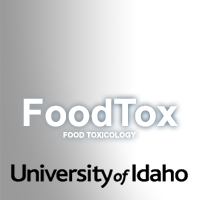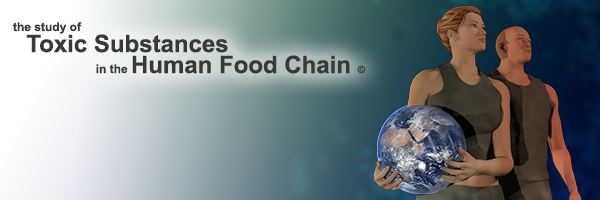

Lecture 23 - Toxicants Formed During Food Processing
Learning Objectives
- Discuss the general principles behind food processing and preparation.
- List the major natural processes modifying food.
- List the major food processing approaches.
- Describe the physical chemistry background of toxicant formation in food processing.
- Describe N-Nitrosamine formation from nitrites.
- Explain the formation of polycyclic aromatic hydrocarbons in cooking.
- Describe amino acid pyrolysates and their formation in cooking.
- Explain the formation of Maillard reaction products.
- Describe Lysinoalanine cross-linkage from alkali/heat treatment of proteins.
- Explore the background and risk assessment of acrylamide formation in foods prepared at high temperatures.
Listen online or Download audio LecturesDownload audio Lectures
Advance Reading
- Shibamoto & Bjeldanes, pp 253-273
- 2006 HEATOX Workshop Report (Survey)
Suggested Reading
Resources
Keywords
- Food processing
- Thermal processing
- Blanching
- Pasteurization
- Sterilization
- Refrigerated storage
- Freezing and frozen food storage
- Liquid concentration
- Dehydration
- Mechanical separation
- Extrusion
- Irradiation
- Food processing toxicant
- Food processing pro-toxicant
- N-Nitrosamine
- Polycyclic aromatic hydrocarbons
- Amino acid pyrolysates
- Heterocyclic aromatic amines
- b-carbolines
- imidazo-quinoline
- imidazo-quinoxalin-2-amine
- Meat mutagen
- IQ/IQx
- Maillard reaction products
- Unique radiolytic products (URPs)
- Lysoalanine cross-linkage
- Renal cytomegaly
- Acrylamide formation
- Glycidamide

ETox is licensed under a Creative Commons Attribution-NonCommercial-NoDerivatives 4.0 International License.